10 Animals You’ve Probably Never Heard of
From Our Annual Photo Contest
By Rachel Plunkett
January 2024
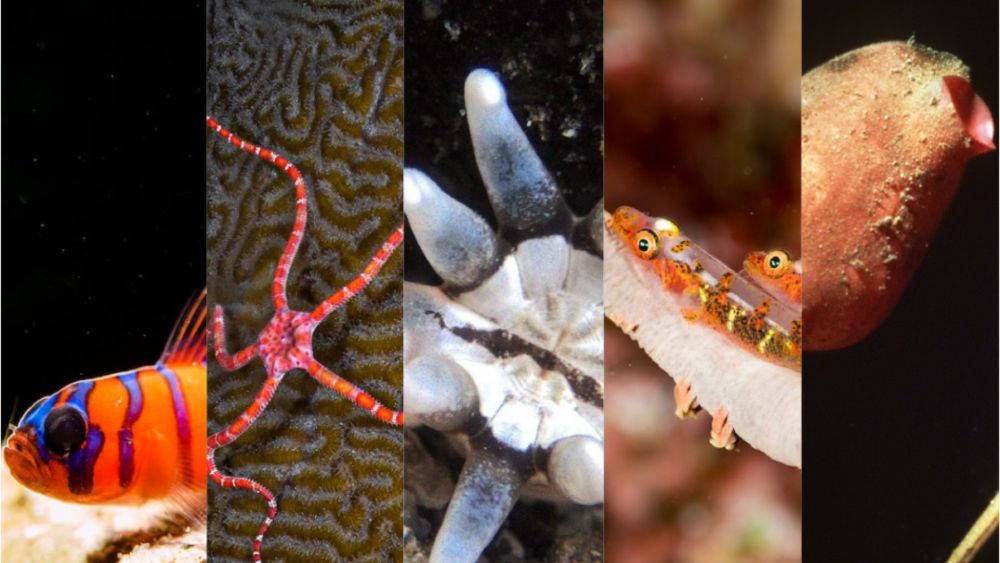
Beneath the surface of your national marine sanctuaries and marine national monuments lies a treasure trove of biodiversity, housing countless fascinating and often lesser-known creatures. In this article, we delve into the lives of 10 intriguing marine species, each boasting its own set of captivating characteristics. These animals were photographed by members of the public and submitted to the Get Into Your Sanctuary Photo Contest over the past few years. From the emperor helmet snail to the northern water snake, the 10 animals below showcase the diverse and fascinating marine life that inhabit these treasured waters.
1. Stalked Tunicate (Boltenia ovifera)
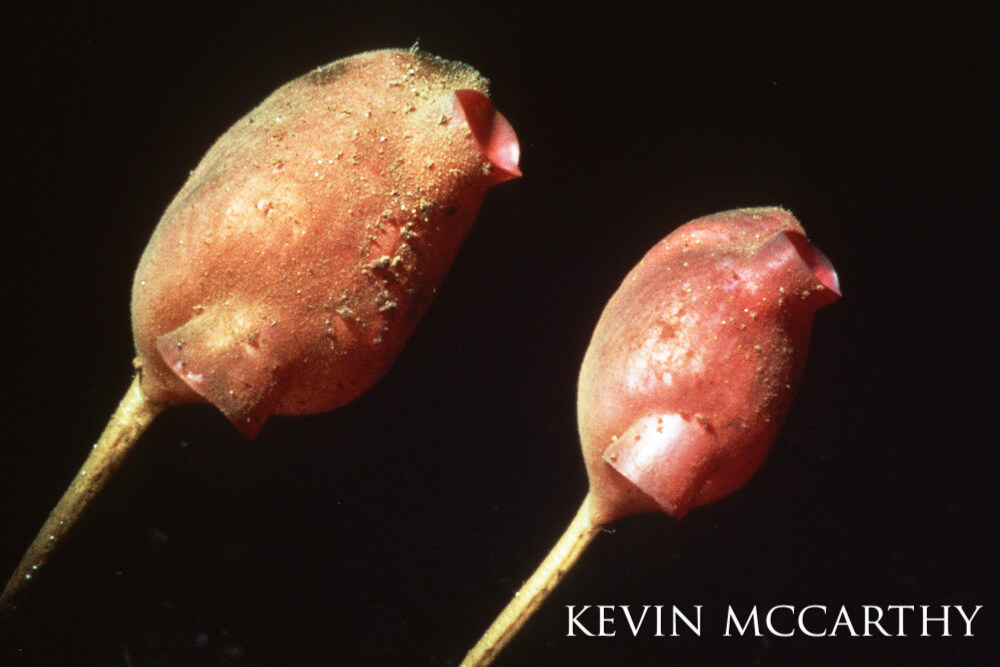
Stalked tunicates (Boltenia ovifera), commonly referred to as “sea potatoes,” are marine invertebrates that might be mistaken for plants due to their stationary appearance. Found in Arctic and North Atlantic waters, these animals belong to the Phylum Chordata, which makes them a primitive relative of vertebrates. Stalked tunicates, like other types of tunicates or “sea squirts” are filter feeders that pull water through their body (tunic) using a system of inhalant and exhalant siphons. This particular tunicate species is secured to the bottom of the sea by means of a long stalk.
2. Emperor Helmet Snail (Cassis madagascariensis)
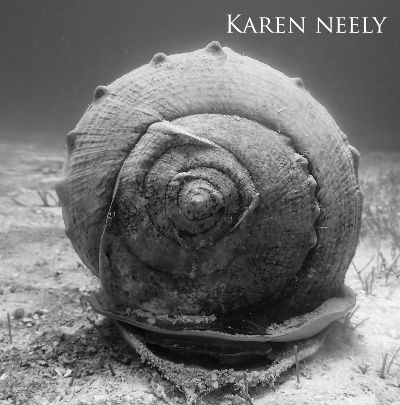
The emperor helmet snail (Cassis madagascariensis) is the largest helmet species and also one of the largest gastropods in the world. It is most famously known for its ornate shell resembling a medieval knight's helmet. Found in sandy bottoms of the tropical Western Atlantic, Gulf of Mexico, and Caribbean Sea, they often bury themselves during the day and emerge to hunt at night. They use a long, flexible, tube-like structure (proboscis) to pierce and feed on the soft tissues of echinoderms such as sea stars, sea urchins, and sand dollars.
3. Ruby Brittle Star (Ophioderma rubicundum)
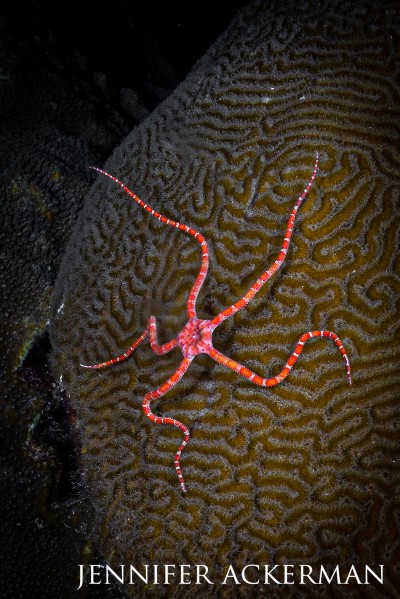
The ruby brittle star adds a splash of vibrant color to the ocean floor with its striking reddish hue. Like all brittle stars, it has a central disk with long, flexible arms. This species of echinoderm, found in the Western Atlantic, can grow to a maximum size of 21 inches in diameter. When threatened, it can shed its arms as a distraction, allowing the brittle star to escape from predators. Remarkably, it can regenerate lost arms, showcasing an impressive ability to adapt and survive in its challenging underwater environment. Regenerative abilities differ greatly among sea star species.
4. Blue-Banded Goby (Lythrypnus dalli)
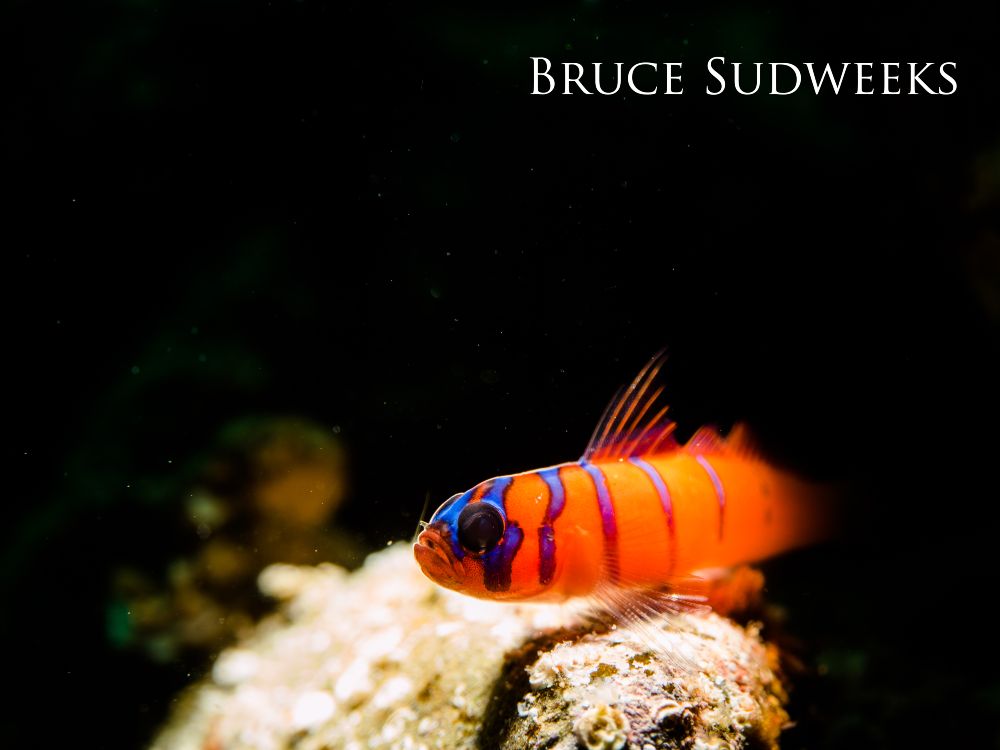
The Blue-banded goby, native to the Pacific Coast of North America, stands out for its unique social structure. These small, vibrant fish form cooperative breeding groups and have a unique ability to change sex. While lots of marine fishes have the ability to change sex, nearly all species can only change in one direction. The blue-banded goby can change its sex back and forth as needed, and it can do so rather quickly (within a few days). This bright orange fish with electric blue stripes can often be found hanging upside down in underwater caves at depths ranging from 20 to several hundred feet.
5. Ten-Tentacled Burrowing Anemone (Halcampa decemtentaculata)
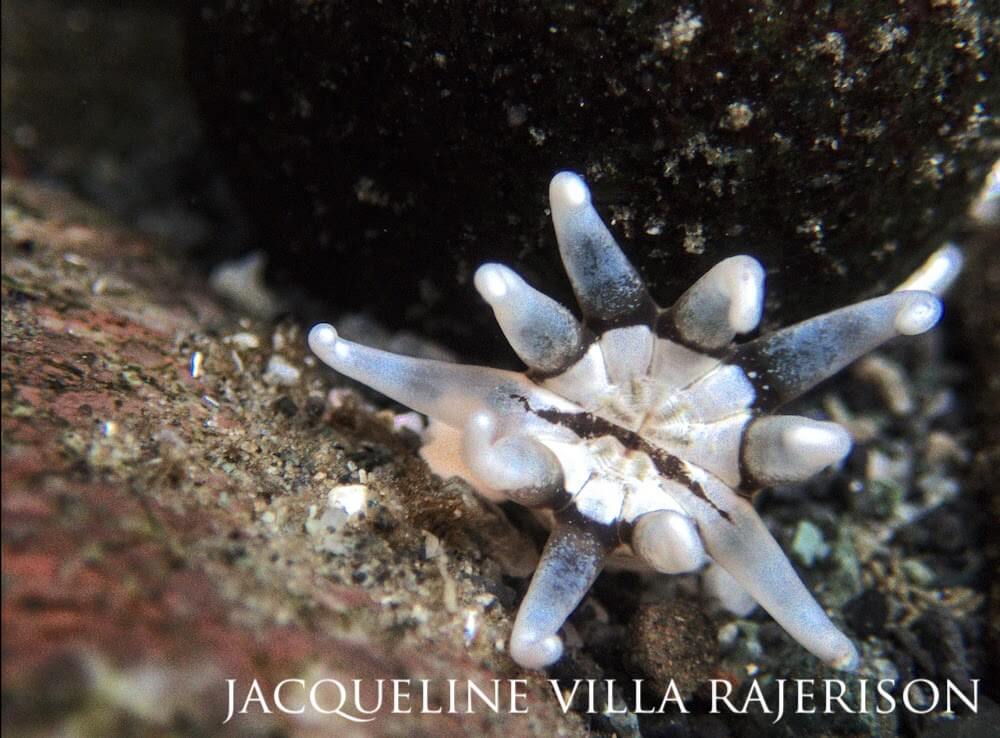
Unlike most anemones that attach themselves to hard surfaces, this species burrows into sediments. It can retract its tentacles and withdraw into its burrow when disturbed, showcasing a clever adaptation to avoid potential threats or predation. This species can be distinguished from other similar species because it has exactly 10 tentacles and the tentacles are often speckled.
6. Whip Goby (Bryaninops amplus)
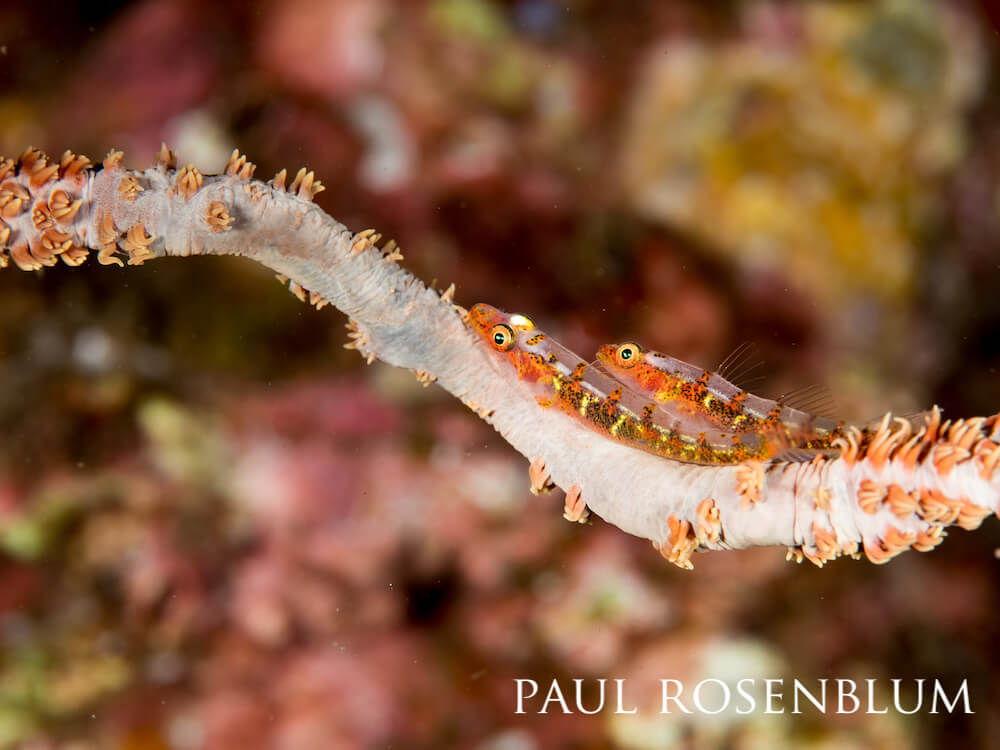
The large whip goby (Bryaninops amplus) is a small, elongated fish known for its vibrant colors and slender body. This goby lives in coral reefs of the Indo-Pacific, including Hawaii and excluding the Red Sea. Members of this species are typically found in groups, living exclusively on or in close association with soft coral sea whips in areas exposed to currents. The currents help bring the gobies their food of choice: plankton. Like many other symbiotic gobies, they have special pelvic fins that help them cling on to the surface of their host. Their bodies are semi-transparent, which helps them blend in better with the soft corals they dwell on.
7. Atlantic Guitarfish (Rhinobatos lentiginosus)
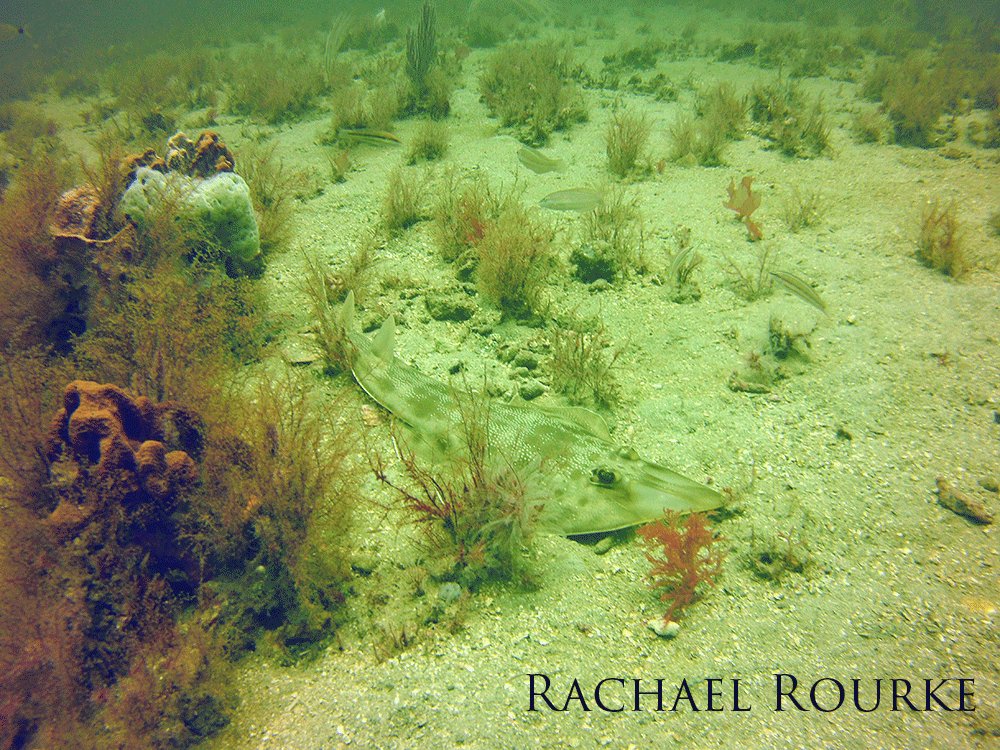
Although this fish is named after a string instrument, it is not musically talented like its name implies. This relative of sharks and stingrays gets its name due to the guitar-like shape of its body. The Atlantic guitarfish can be found in coastal waters of the western Atlantic Ocean from North Carolina to the northern Gulf of Mexico and Yucatan, Mexico. Their unique morphology, which is a unique combination of shark-like and stingray-like features, allows them to efficiently navigate diverse environments, making them well-adapted predators in coastal ecosystems. They feed on bottom-dwelling creatures and often bury themselves in sand, mud, or weedy bottoms near patch reefs.
8. Lion's Mane Nudibranch (Melibe leonina)
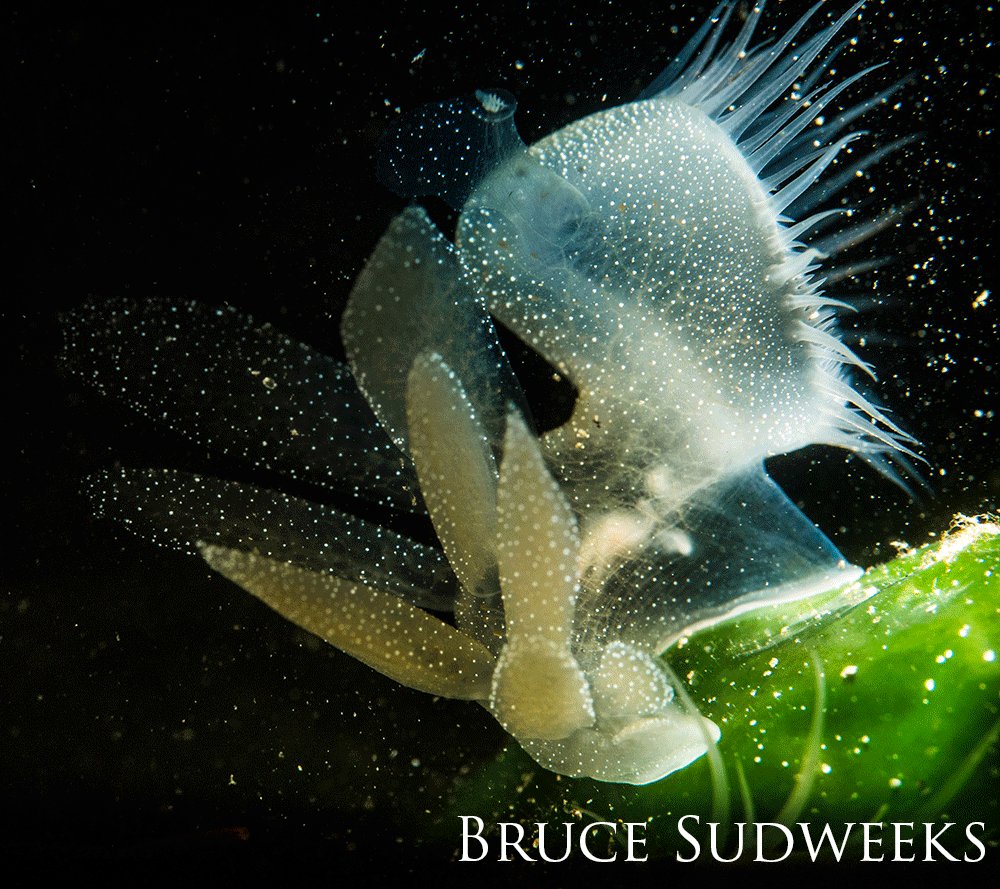
The lion's mane nudibranch (Melibe leonina), has an anatomy that is unique from other nudibranchs. Instead of a rasping tongue, it has an expandable oral hood that resembles a lion's mane, with fringing tentacles designed to trap their prey. This tiny marine mollusk is found along the West Coast of North America on rocks and in eelgrass and kelp habitats. Unlike typical nudibranchs that use vibrant colors for defense, this species relies on on a semi-translucent appearance to blend in with their surroundings better. If disturbed, this species may also be seen “swimming” in the water column using delicate movements to mimic the motion of floating debris while moving from location to location.
9. Sargassum Swimming Crab (Portunus sayi)
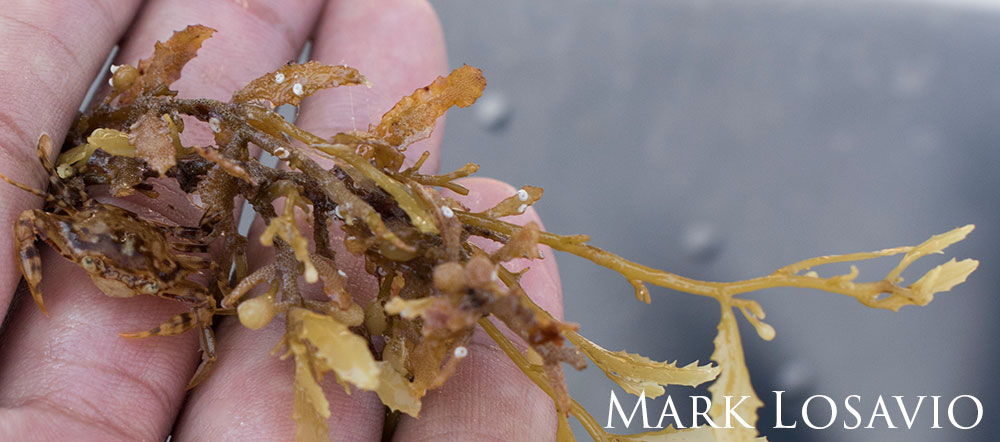
The sargassum swimming crab (Portunus sayi) is a master of disguise, blending seamlessly with mats of algae in the genus Sargassum floating in the open ocean. This crab has evolved to use the seaweed as both camouflage and a hunting ground. As sargassum algae is carried great distances by ocean currents and wind away from the Sargasso Sea, the juvenile crab often goes along for the ride to their eventual destinations. When they get larger, these crabs are formidable predators that will quickly snatch up any smaller animal that comes within reach, including other crabs.
10. Heller’s Barracuda (Sphyraena helleri)
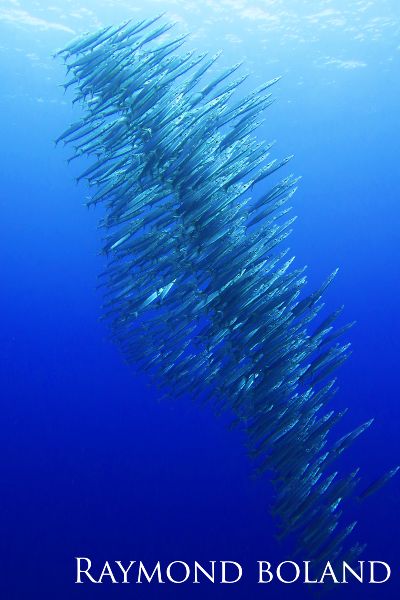
Heller’s barracuda, with its sleek and predatory silhouette, is a formidable fish found in the warm waters of the Indo-Pacific. The Hawaiian name for Heller's barracuda is kawele'a (kah-vay-LAY-ah), meaning “long and bright” and the Samoan name for barracuda is sapatū. These barracudas are known for their impressive speed, agility, and nocturnal behavior, making them efficient hunters in their marine habitat. With sharp teeth and a streamlined body, these schooling barracudas are apex predators, helping to maintain balance in the food web.
Biodiversity in Photos
The marine world is teeming with remarkable and often overlooked species, each contributing to the intricate tapestry of ocean life. From the sex-changing abilities of the blue-banded goby to the long-distance migration strategy of the Sargassum swimming crab, these animals showcase the diversity and adaptability of life beneath the waves.
It’s incredible how a series of just 10 photos can showcase the range of life that exists within the National Marine Sanctuary System — and these photos are just the tip of the iceberg. If you’d like to see more of the wildlife and scenic views that others have captured across America’s most iconic marine protected areas, you can browse past Get Into Your Sanctuary Photo Contest entries and winners on our photo contest page.
To learn more fun facts about wildlife across the National Marine Sanctuary System, explore our Earth is Blue video gallery!
Rachel Plunkett is the content manager and writer/editor at NOAA’s Office of National Marine Sanctuaries

